If you’d asked me a year ago whether I could turn my barely-there coding knowledge into fully functional apps, internal tools, and custom widgets without hiring a developer, I would’ve smiled politely and quietly choked on my LaCroix.
But since early 2025, I’ve been vibe coding my way to actual tools. The code is minimal, the confidence is unearned, and the results are surprisingly functional.
Here, I’ll show you the apps I built, the tools I used to build them, and how they actually work—in the hopes that you’ll be inspired to build your own cool stuff. So step right up, and behold a series of curiosities.
Table of contents:
Vibe-coded marketing agents (Zapier Agents)
I’ve built some cool things on Zapier Agents, which I’ve found to be the easiest way to build AI agents that can tackle complex problems. It works using natural language instructions and connects to 8,000+ other tools to help you get work done.
My journalist response agent is triggered by newly labeled emails (“PR”) from Source of Sources, Featured, Qwoted, and other journalist request sites. The senders are seeking expert insights that have the potential to earn me backlinks and give me an opportunity to contribute thought leadership.
The agent then:
-
Identifies the most relevant pitches based on my scoring logic (i.e., topics that include content marketing, AI, entrepreneurship).
-
Uses my existing body of content (scraped and stored in a vector database using a RAG model), and suggests a response based on the wording of the query.
-
Shares the most relevant opportunities and the RAG response in Slack for me to review and send.
Here’s an example of what the end result looks like in Slack:
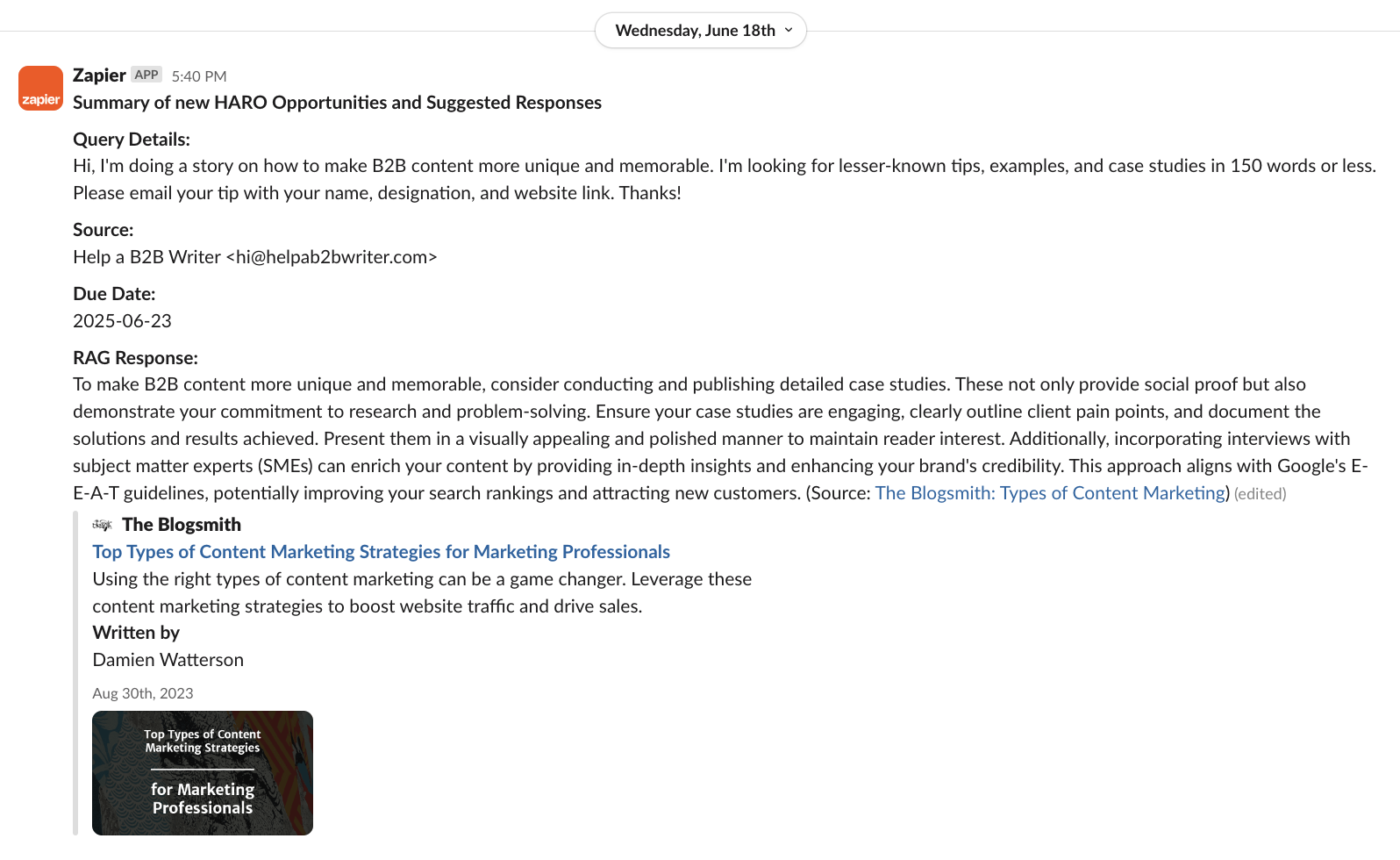
Then there’s my news-to-social media agent. This agent is set to run daily and works by:
-
Searching for trending news about a topic (currently playing with “AI automation“)
-
Qualifying it as relevant to my audience based on my provided criteria
-
Creating LinkedIn and X posts that implement basic brand style guidelines
-
Sharing the final workflow output in Slack for me to review
I shared an early version of the build on YouTube if you’d like to follow along and set it up for yourself—note that I’ve since refined the logic, but it’s a good starting point.
If these kinds of things feel relevant to you, you can get started easily with Zapier’s official agent templates. For example, here’s a resume scoring agent I set up in just a few steps.
A landing page for my Slack group (Lovable)
Let me start by saying that I have no issues building a website. I’m well-versed in WordPress and front-end website design. But I’m not immune to decision paralysis or getting bogged down in styling details instead of just launching.
With vibe coding tools like Lovable, I can use natural language to quickly design and launch an on-brand website or app. Making my project public when I’m done is as simple as clicking a button to deploy it. Even configuring a custom domain is similarly straightforward. It’s a great way to experiment with an idea as a minimum viable product (MVP) before fully committing.
To avoid accidentally (or intentionally) copying another website’s design, you can give your vibe coding tool detailed brand standards. That’s how I created a simple landing page for a Slack group I started, MarketingFWD. It has a custom domain and email subscription functionality. And some fun animations, because why not.
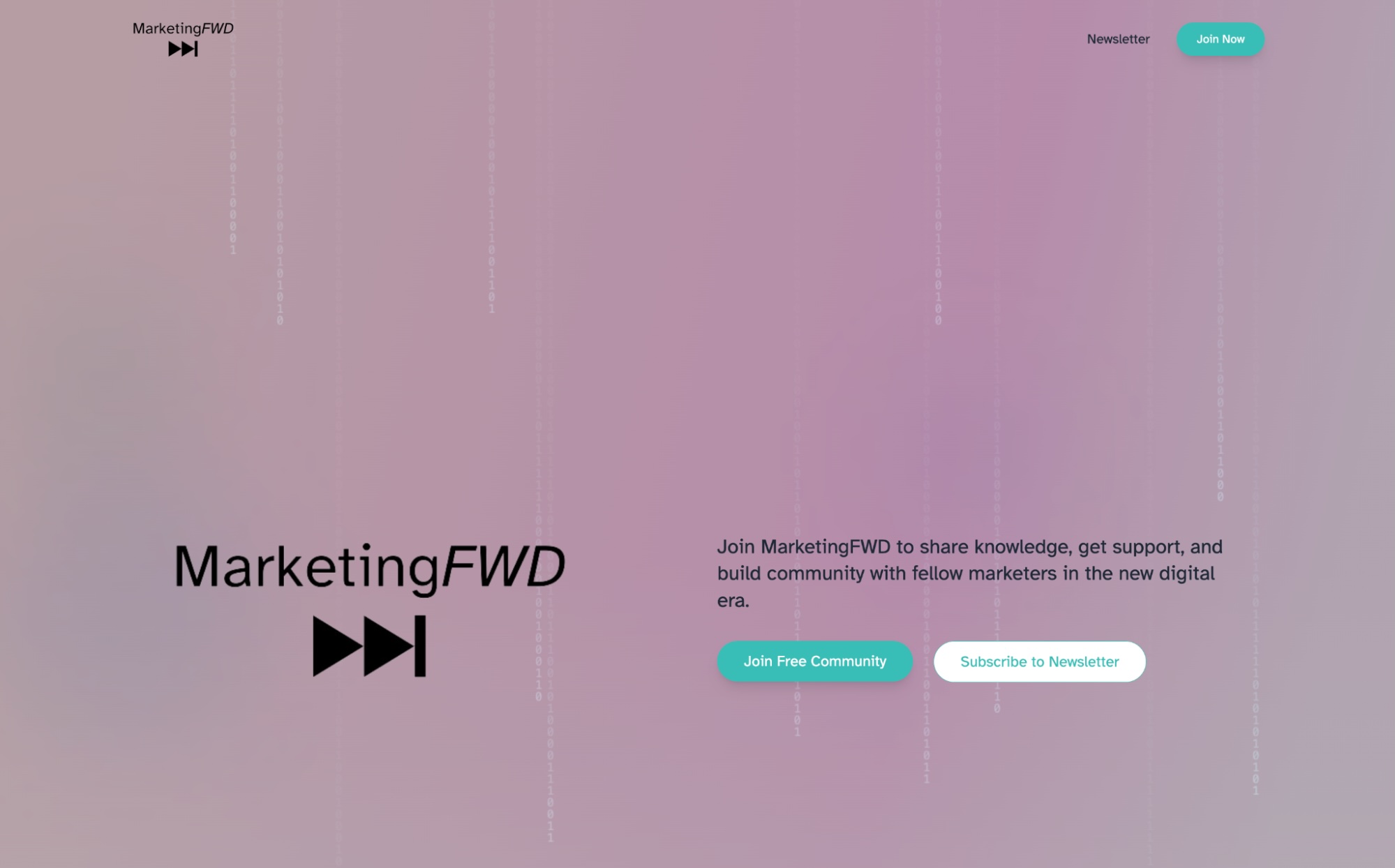
A simple foodie social networking platform (Cursor)
Here’s a more personal example from my vibe coding portfolio: Taste, a social networking platform where you can track and share restaurant preferences, favorite recipes, and dietary preferences with friends and family. I built this with Cursor.
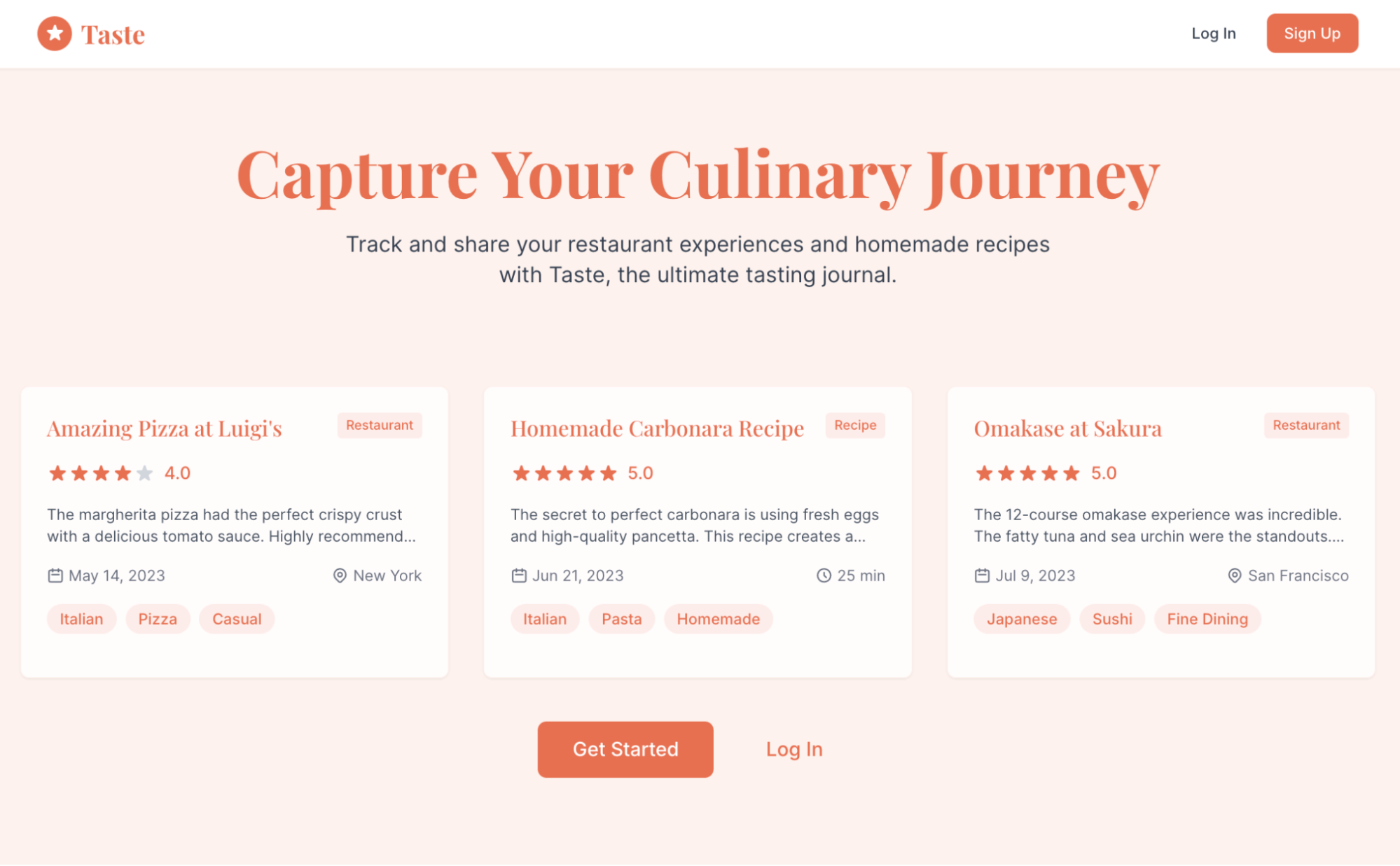
A writing assistant Chrome extension (Bolt)
I’ve shared a lot of my best advice for writing for the web in my book and LinkedIn Learning course, but I wanted to see if I could create a real tool for writers. Using the logic behind my documented approach, I designed a Chrome extension that you can use while writing in any browser-based text editor (like Google Docs).
I ultimately settled on Bolt as the best vibe coding tool for the job.
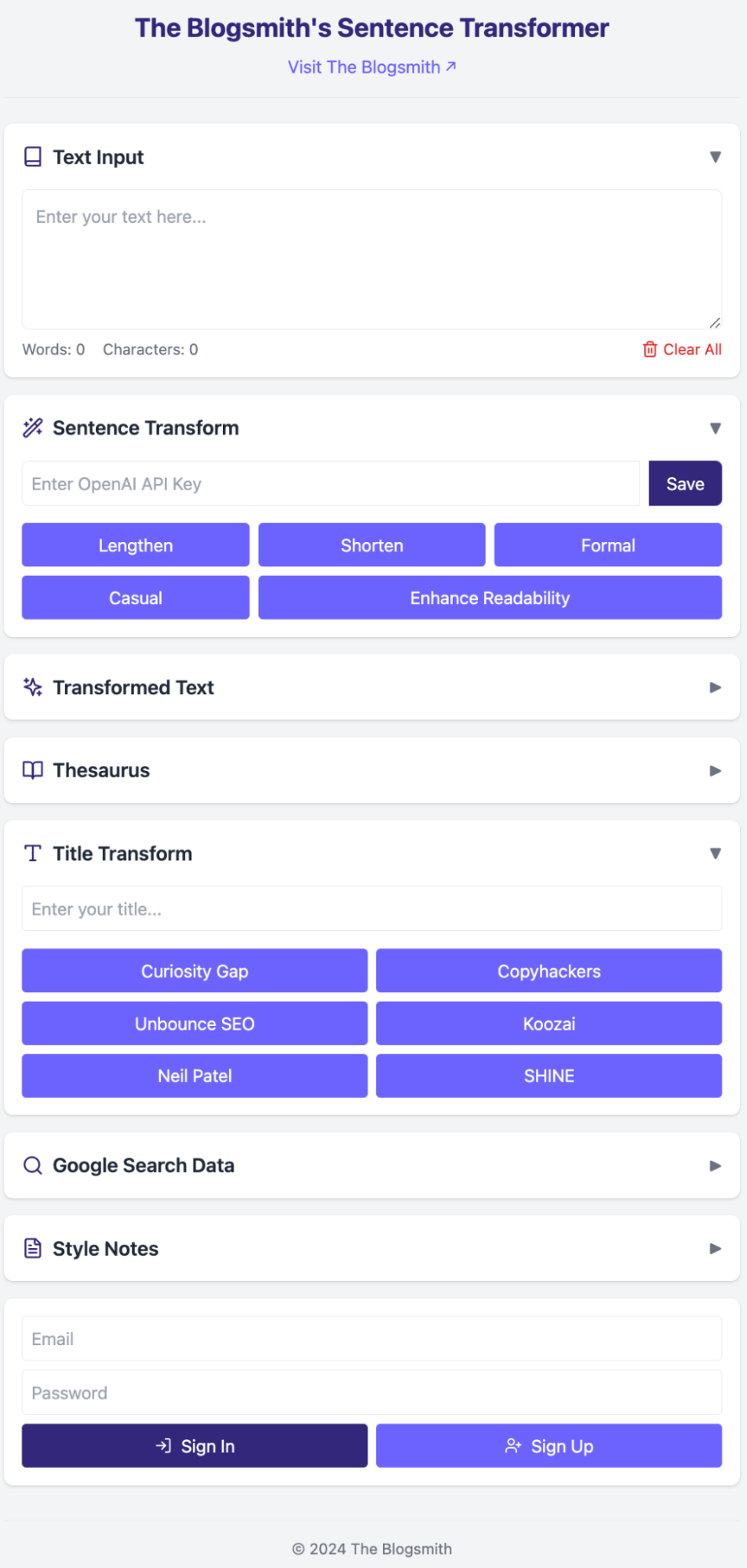
You can transform sentences, generate title variations according to popular heading formulas, and jot down brand-specific style notes and topic ideas—all without leaving your writing environment.
I still need to fine-tune it before submitting it to the Chrome web store, but Bolt walked me through the steps of using it on my own browser as a Chrome extension in the meantime.
And while we’re talking about Bolt, I want to share another cool feature: using Bolt and Slidev to quickly whip up a beautiful and shareable slide deck.
This “WTF is vibe coding?” presentation was basically one prompt and some really rough handwritten notes from my Kindle Scribe:
“Use these notes (generally, each page is a slide) to create a slide presentation called ‘WTF is vibe coding.’ let’s go with a dark theme, terminal console vibes with some neon color accents.”
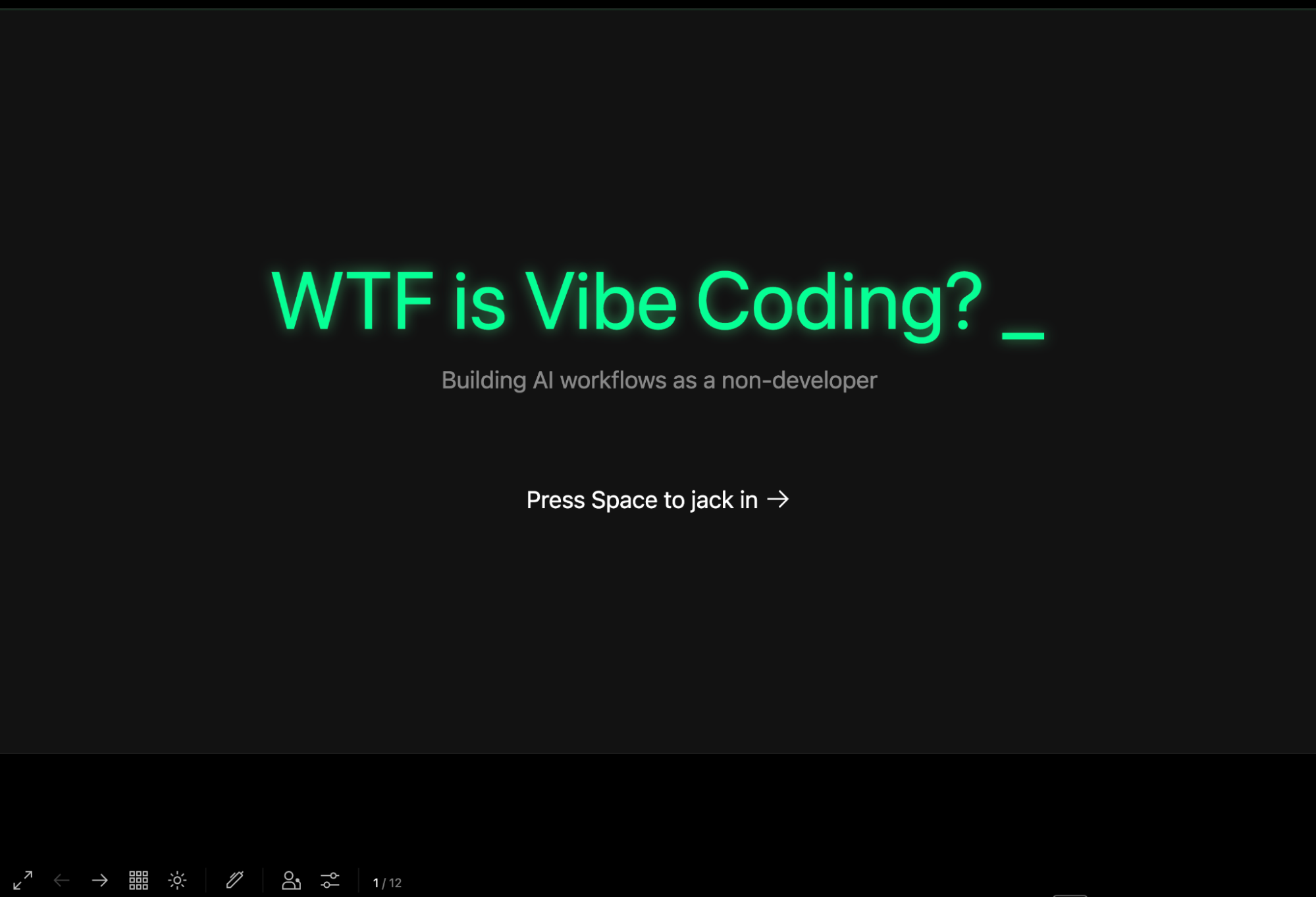
Interactive, embeddable widgets (v0 by Vercel)
As a content creator, I embrace AI while also recognizing that it’s going to drastically change my job. On the positive side, it lets me easily create interactive content experiences that I couldn’t have before.
v0 is one of my favorite tools for these kinds of widgets. Like Lovable, it specializes in (simple) UI design and front-end code.
Here are a few things I’ve built in just a few prompts:
v0 is able to take the logic from an article I’m writing about a topic and turn it into a useful tool that helps readers interact with and better grasp the concept.
For example, here’s a calculator I built from a prompt to translate a popular xkcd comic into a usable framework for deciding if and when it’s worth it to automate a task.

All sorts of single-purpose tools (Replit)
I’m a big fan of using Replit for building simple, single-purpose tools for various business functions. But I also enjoy building stuff just for fun.
Inspired by a tweet from Nat Miletic about word art, I thought—you know what the modern world could use? A word art generator.
The first prompt worked really well, and I could’ve left it at that: “Create a word art generator that takes texts and allows you to apply word art styling like PowerPoint.” The end result you see here was ~10 prompts, mostly playing around with adding additional features.
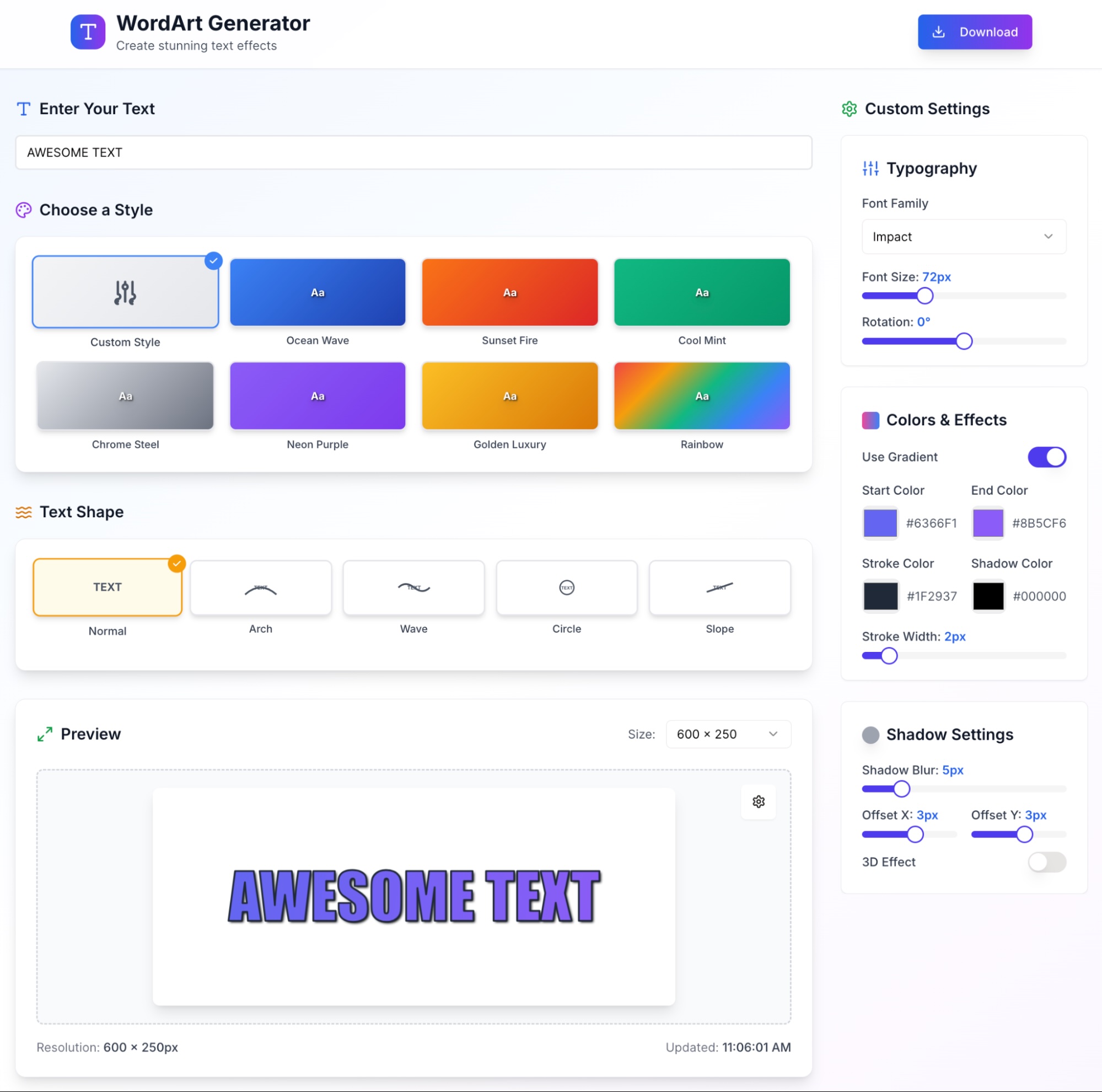
In my experience, Replit is really good at creating something that works quickly, even in the first prompt.
From a business perspective, other cool things I’ve built on Replit include:
-
A front-end UI for RAG models
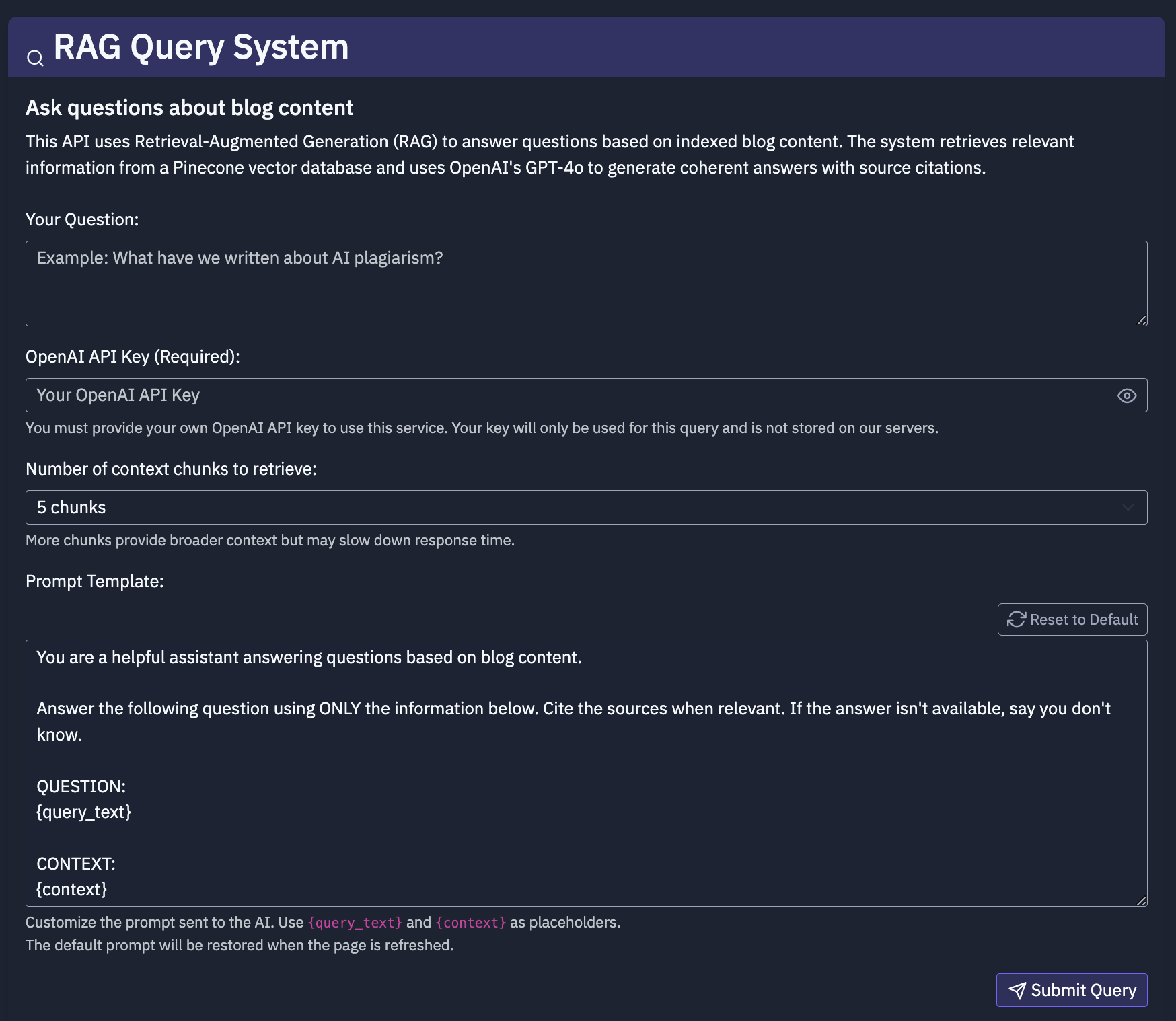
-
A reusable web scraper to integrate with other tools I’m building
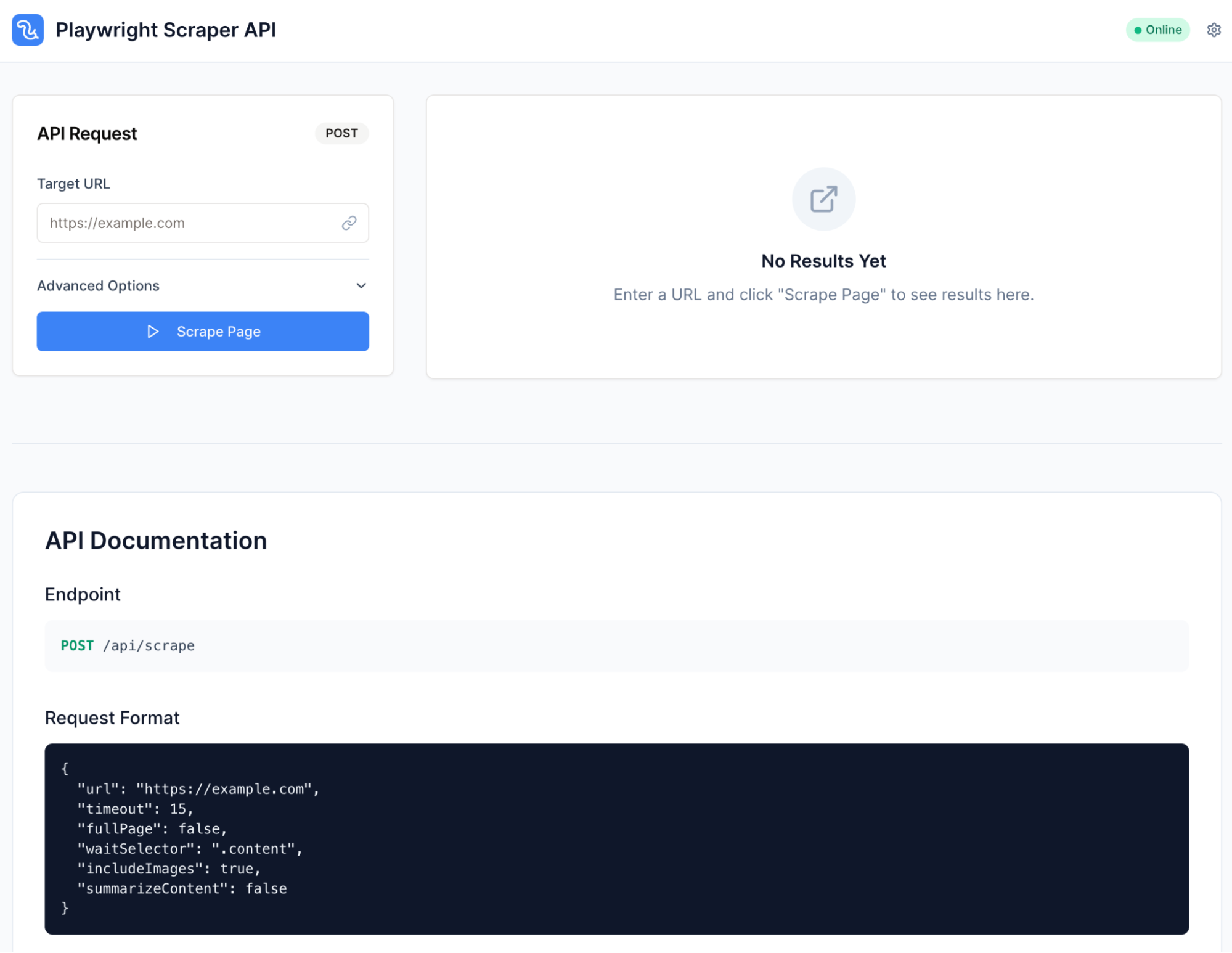
-
A search engine results page (SERP) word count analyzer tool as part of my SEO research process
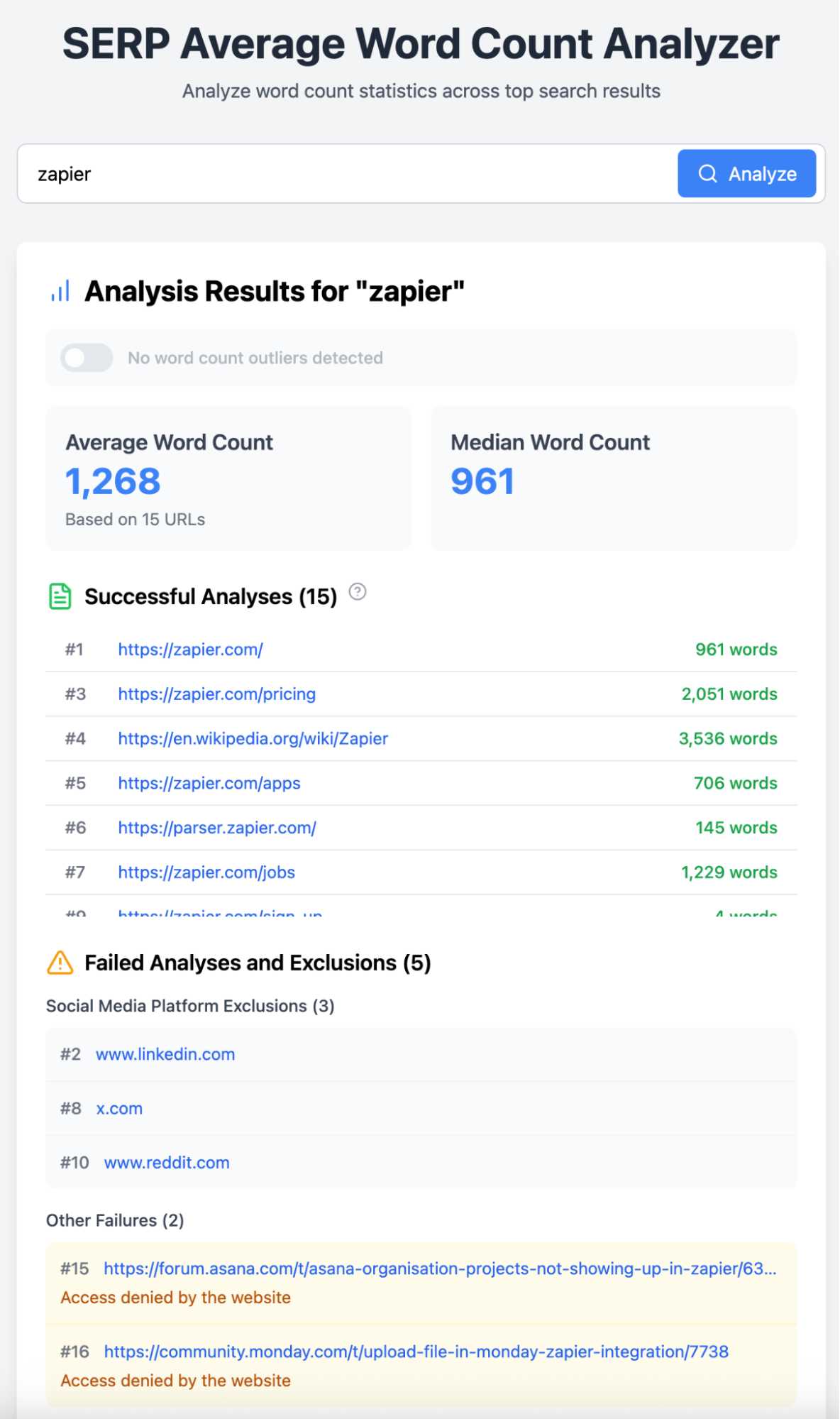
What will you vibe code?
I’m not a developer by any stretch of the imagination. But by experimenting and learning from other people’s best practices, I’ve been able to create tools and apps I never would’ve imagined possible on my own. For more ideas, check out these vibe coding examples, and then start building on Zapier.
Related reading: